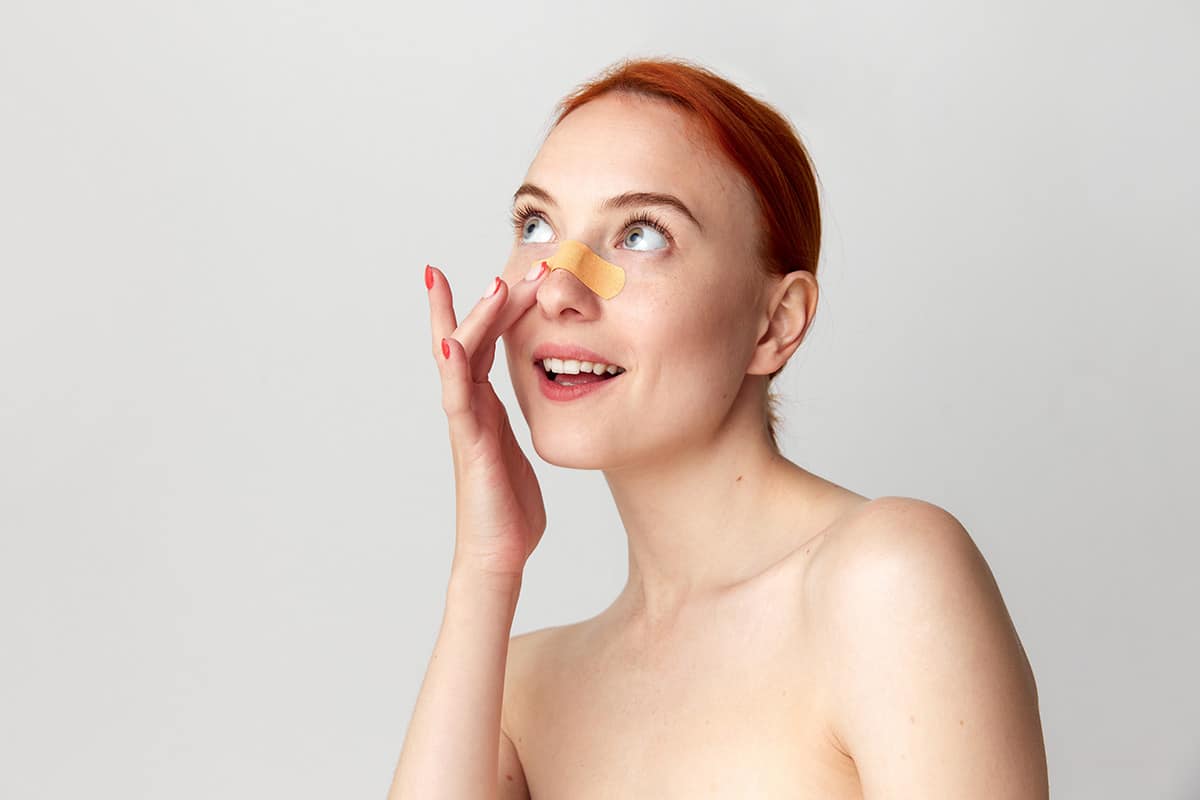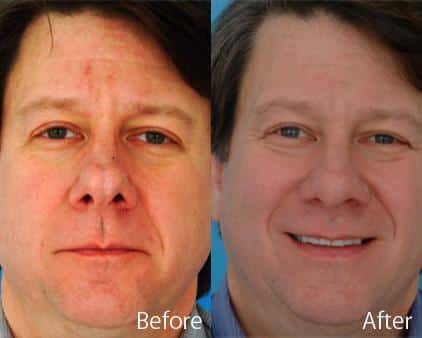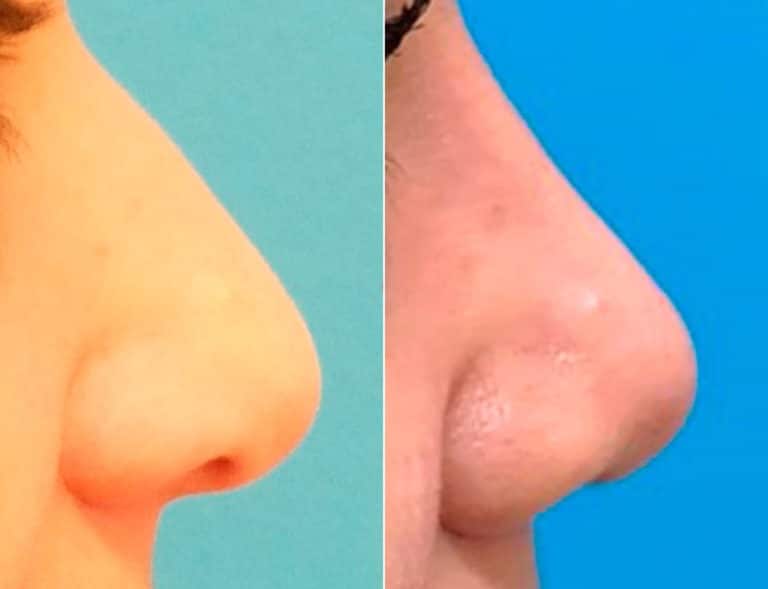How Is A Reduction Rhinoplasty Done?

There are many reasons that people have rhinoplasty procedures, also known as nose jobs. They may be used to correct medical or breathing problems. Patients may have an uneven nose, a twisted tip, or a hump that they want to be taken down. Rhinoplasty can remove these imperfections and turn a dream nose into a reality. This will not only improve the esthetics of the nose, but it can also make a person feel much more confident about themselves, bringing significant benefits to their home and work life. One of the most common procedures is called reduction rhinoplasty. Ethnic rhinoplasty is a variation of traditional rhinoplasty surgery.
What Is Reduction Rhinoplasty?
The nose is the most prominent feature of the face and is, therefore, central to our whole appearance. If people are unhappy with the appearance of their noses, it can make them feel self-conscious in public situations. Many people feel that their nose is too big or too bulbous and want to improve their nasal structure. This can result in the nose dominating their face, having a detrimental effect on their features. Reduction Rhinoplasty can be used to make the nose smaller or narrower and to reduce the size of the tip of the nose, as well as to narrow the nostrils.


Who is a Good Candidate for Reduction Rhinoplasty?
To determine if you are a good candidate for reduction rhinoplasty, several factors need to be considered, including both physical and emotional aspects. Here are some general criteria to help assess candidacy for the procedure:
Firstly, physical factors play a significant role. You may be a good candidate if you have specific aesthetic concerns about the size, shape, or proportions of your nose that you would like to address. Common concerns include a prominent hump, wide nasal bridge, or bulbous tip. Additionally, good candidates should have fully developed nasal structures, typically around the age of 15 or older. It’s important that your facial growth has stabilized before undergoing rhinoplasty.
Secondly, emotional factors should be taken into account. You should have realistic expectations about the outcomes of the surgery. It’s essential to understand that reduction rhinoplasty can enhance your appearance, but it may not completely transform your overall facial features or provide perfection. Open communication with your facial plastic surgeon is crucial in setting realistic goals and understanding the potential limitations of the procedure.
Lastly, overall health is an important consideration. Being in good general health is essential to undergo any surgical procedure, including reduction rhinoplasty. Certain medical conditions, such as bleeding disorders or uncontrolled high blood pressure, may affect your candidacy. A thorough medical evaluation will be conducted to ensure that you are physically fit for surgery.
Ultimately, the best way to determine your candidacy for reduction rhinoplasty is to consult with a qualified facial plastic surgeon. They will assess your specific case, discuss your goals, and evaluate your physical and emotional suitability for the procedure. Their expertise and guidance will help you make an informed decision about whether reduction rhinoplasty is the right choice for you.
What Happens Before Reduction Nose Surgery?
Only specialist practitioners should carry out Rhinoplasty procedures. Dr. Daniel Becker is an expert in reduction rhinoplasty. Before the surgery begins, he’ll talk to the patient and ascertain the optimal nasal appearance that they’re looking for. The latest computer imaging software will be used to ensure that the patient understands what their nose will look like after the cosmetic surgery is completed. This can also allow the patient to ‘fine-tune’ what they’re looking for.
The Reduction Rhinoplasty Procedure
Reduction rhinoplasty amends the structural framework of the nose itself, but the skin over the nose is not altered. Tiny incisions are made inside the nostrils, and this allows the surgeon to access the cartilage and bone that make up the nose. The ridge of the nose is gently cut away and filed down. The nasal bones that join the nose onto the cheeks are then cut away, allowing the two sides of the nose to be brought together again, forming a new ridge. The nose will now be narrower and smaller than it was previously. The nostrils themselves can also be reshaped and made smaller so that they are in proportion to the new appearance of the nose itself. Skin is naturally elastic, and so the skin that covers the nose will naturally shrink back onto the smaller, narrower frame.
The After Effects Of Reduction Rhinoplasty
Patients who have had Reduction Rhinoplasty may experience moderate pain for a day or two after surgery. Appropriate pain medication will be prescribed to combat this. There may be significant swelling or bruising, although carefully applied ice packs can help to reduce this. The swelling and bruising will dissipate over a period of around two weeks. After this time, most patients can return to work, school, or college. The effects of reduction rhinoplasty can be striking, so to find out more, or to make an appointment, contact Dr. Becker today.
How can I help Improve my results?
To optimize your results and enhance the healing process after reduction rhinoplasty, here are some tips and recommendations to consider:
- Follow your surgeon’s instructions: It is crucial to closely adhere to your surgeon’s post-operative instructions. These instructions may include wearing a splint or bandage, taking prescribed medications, avoiding certain activities, and attending follow-up appointments. By following these guidelines, you can promote proper healing and minimize the risk of complications.
- Take care of your incision site: Keeping the incision area clean and following any wound care instructions provided by your surgeon is essential. Avoid touching or picking at the incision site to prevent infection or disruption of the healing process. Additionally, protect your nose from trauma or sun exposure by wearing appropriate clothing or applying sunscreen.
- Maintain a healthy lifestyle: A healthy lifestyle can positively impact your healing process. Eat a nutritious diet rich in vitamins and minerals to support tissue repair and minimize swelling. Stay hydrated and avoid excessive alcohol consumption, as it can interfere with the healing process. Regular exercise, as approved by your facial plastic surgeon, can help improve blood circulation and promote overall well-being.
- Avoid habits that can impact results: Certain habits can negatively affect your rhinoplasty results. Avoid smoking and exposure to secondhand smoke, as tobacco can impair healing and increase the risk of complications. Be cautious with activities that put pressure on your nose, such as wearing glasses or participating in contact sports, during the initial healing period, as advised by your surgeon.
Remember, patience is key during the recovery process. It may take several weeks or months to see the final results of your reduction rhinoplasty surgery. It’s important to maintain realistic expectations and communicate any concerns or questions with your surgeon. They can provide personalized advice and guidance based on your specific situation, ensuring the best possible outcome.
When it comes to your cosmetic rhinoplasty journey, trust in the expertise of a skilled and experienced facial plastic surgeon like Dr. Becker. With his extensive knowledge and meticulous approach, Dr. Becker is dedicated to helping you achieve the best possible outcome and avoid the need for revision rhinoplasty. Remember, while patience is key during your recovery process, rest assured that Dr. Becker will be there every step of the way, providing personalized advice and guidance tailored to your unique needs.
Contact Dr. Becker’s office today to schedule your consultation and take the first step toward achieving your desired rhinoplasty results.